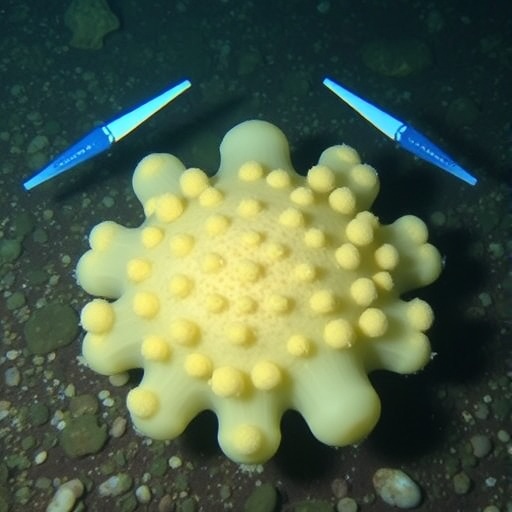In an exciting breakthrough for marine biology, researchers are embarking on an innovative journey to revolutionize the traditional methods of surveying sea cucumber populations. This endeavor, spearheaded by experts Williamson, Joyce, and Duce, focuses on harnessing cutting-edge technology through the integration of remotely operated vehicles (ROVs) and aerial drones. The importance of accurate and comprehensive ecological assessments cannot be overstated, particularly as climate change and human activities continue to impact marine environments globally. The advent of such technology in the field of marine research promises to provide unprecedented data and insights into the dynamics of sea cucumber populations, which play a pivotal role in their ecosystems.
Sea cucumbers, often overlooked in the anarchic world of marine life, are keystone species that significantly contribute to the health of coral reef ecosystems. As detritivores, they process organic material on the seafloor, facilitating nutrient recycling and ensuring that marine populations remain balanced. Despite their ecological importance, traditional surveying techniques have often proven time-consuming, labor-intensive, and limited in scope. Conventional methods typically involve divers conducting visual surveys or manual sampling, which may not always yield accurate representations of the populations. This limitation has left significant gaps in scientific understanding regarding the distribution, abundance, and health of these organisms.
Recognizing the challenges presented by standard methodologies, the research team has adopted a forward-thinking approach that combines ROVs and drones to enhance efficiency and precision in data collection. The utilization of ROV




